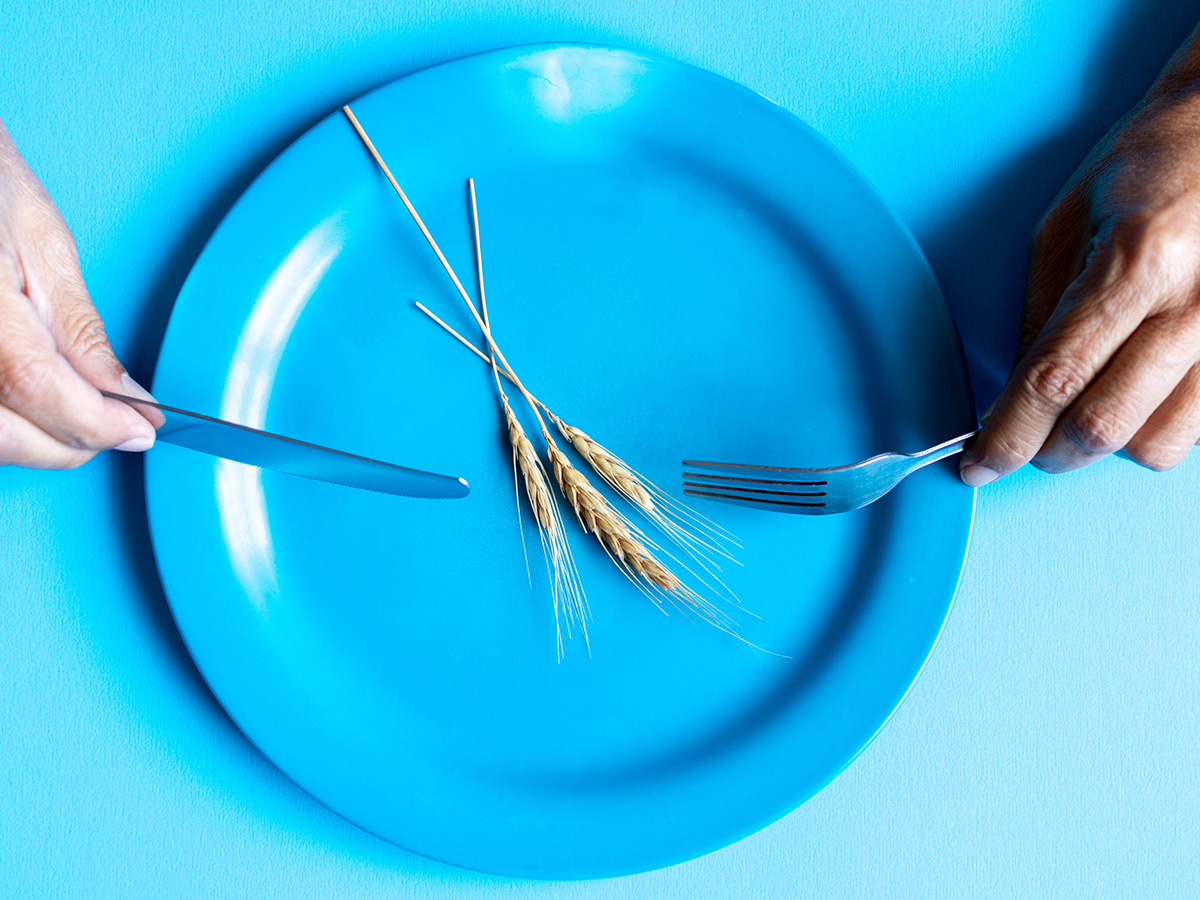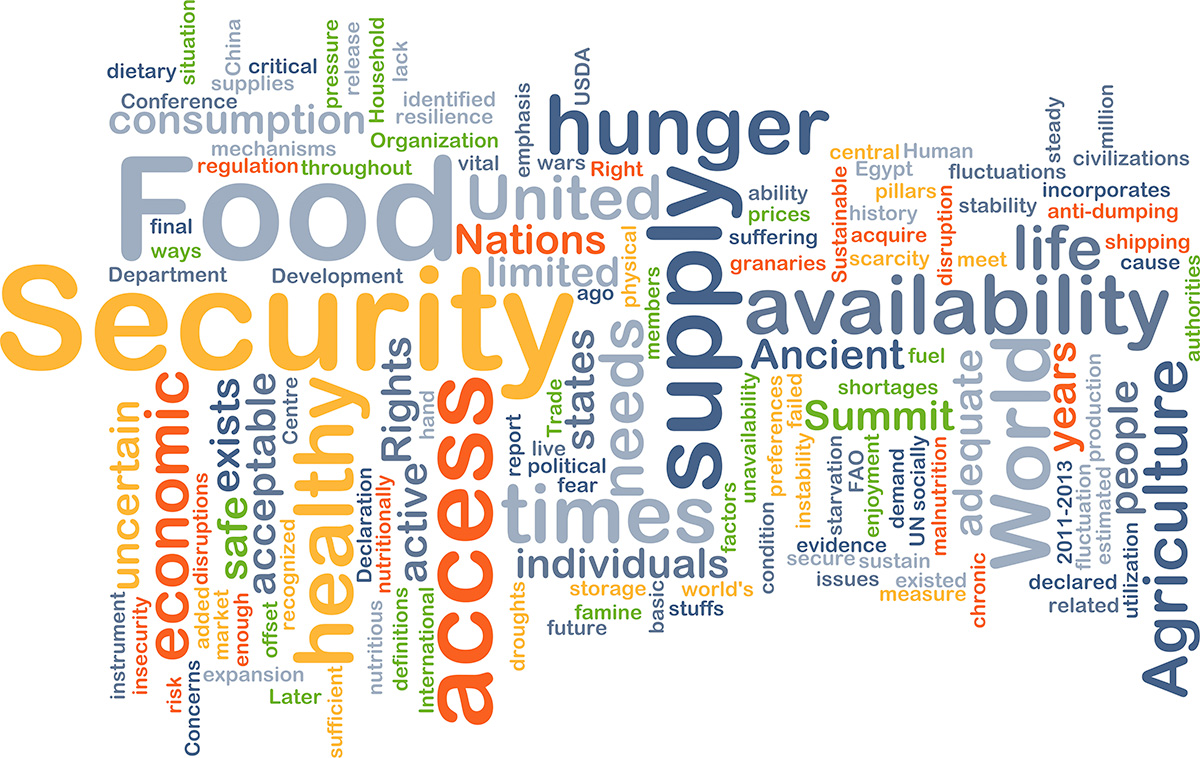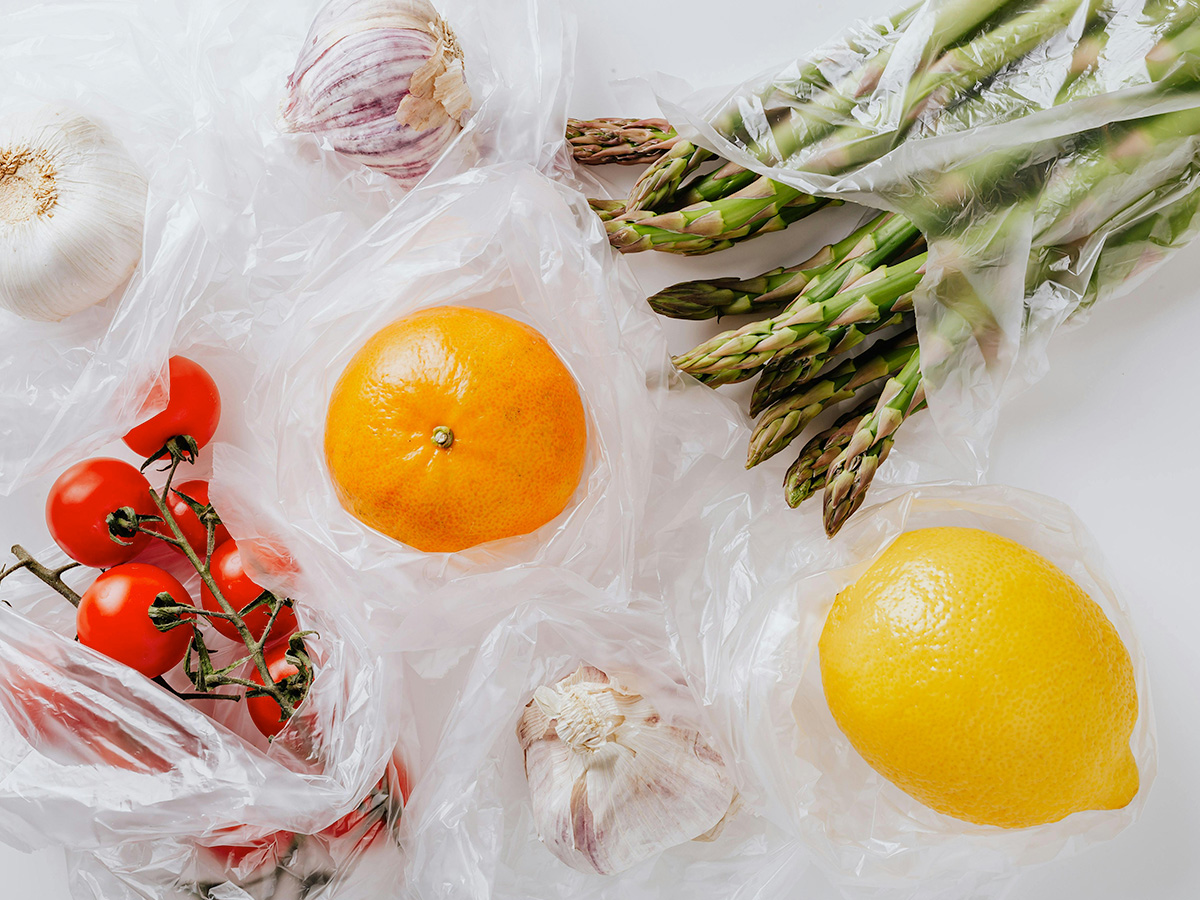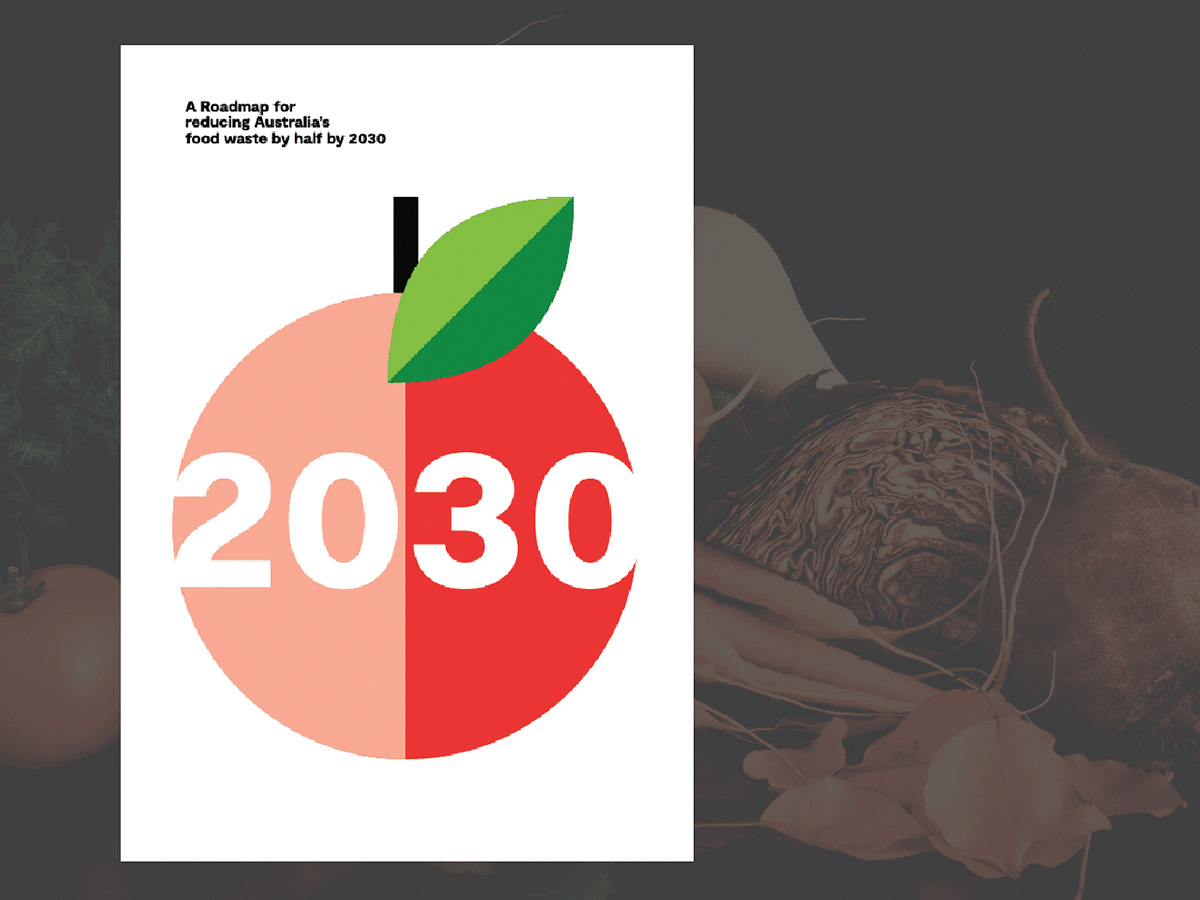Jul 26, 2024 by Mark Dingley
Food insecurity is a pressing issue that is increasingly affecting more Australians. According to Foodbank Australia’s latest Hunger Report, 3.7 million Australian households experienced food insecurity in 2023 – a 10% increase from 2022. This alarming trend underscores the urgent need for action.
It’s easy to assume that Australia is food secure because we produce and export a lot of food. But food security is more than the amount of food we produce; it’s about ensuring equitable access to high-quality food and also that our food supplies are resilient in the face of shocks, disasters and disruptions.
So, what is causing Australia’s food insecurity, and what can we do about it?
In this article, we’ll explore the growing challenge of food insecurity and how we can play a crucial role in combating it.

Australia produces much more food than it consumes, exporting over 70% of agricultural production and only importing 11% of food consumption by value.
But that doesn't mean everyone has reliable access to nutritious food.
Foodbank's 2023 Hunger Report revealed that 3.7 million households in Australia experienced food insecurity in the past 12 months. Three-quarters (77%) of those households are experiencing food insecurity for the first time.
This means consumers are reducing the quality, variety or desirability of their food or disrupting their eating patterns.


Source: https://spc.com.au
Why are more people experiencing food insecurity?
Mostly, it comes down to the cost-of-living crisis. Simple, everyday-costs such as food and housing have become overwhelming for many households. This is exacerbated by the fact that food prices have risen sharply since 2021.
For example: one of Australia's largest food processors, SPC, reported in June that it’s cutting its canned fruit production as shoppers turn to cheaper imported food to save money. Customers are purchasing alternative products imported from countries including South Africa and China, where the cost of production is lower.
There’s another side to food security, too: we must ensure our food supply is resilient. Yet, empty supermarket shelves and temporary food shortages – especially in fresh foods – are becoming more common in Australia due to several factors:
Australia wastes 7.6 million tonnes of food per year. That’s about 312kg per person and can cost up to $2,500 per household per year.
By finding ways to prevent food waste, and better utilise waste food, we can significantly improve our food-security challenges. This presents a hopeful path forward in our fight against food insecurity.
Fruit and vegetables have the highest wastage levels at all points in the supply chain. According to McKinsey, an estimated $600 billion worth of food is lost during or just after harvest, often due to inefficiencies.
Food manufacturers and retailers are uniquely positioned to reduce food loss massively. By working with each other and all participants in the value chain, McKinsey estimates they could cut food loss by 50-70%. Two-thirds of the food could be redirected to human consumption, with the remainder directed to alternative uses, such as animal feed.

Fresh fruits and vegetables put in plastic bags. Image credit: Pexels | Karolina Kaboompics
Manufacturers can also find creative ways to turn food loss into value. Food that would otherwise be lost can be turned into innovative new products, providing an opportunity to improve bottom lines. For example, food processing waste, such as canning water and orange peel, is being developed into eco-friendly packaging, sustainable cosmetics and other high-value commercial products. Australian scientists have also found a way to divert food from landfill and convert it into packaging, specifically biodegradable plastic wraps and cellophane. The CSIRO is working with NutriV, a company exemplifying the waste-to-value approach, taking vegetables that would otherwise have gone to waste and turning them into nutritious snack food.
Embracing digital transformation and automation is another way to reduce food waste and ensure that more food makes it to retailer shelves. This could be digitising supply chains and monitoring food quality with Internet of Things (IoT) sensors, enabling food traceability through blockchain, and balancing supply and demand through data insights. Automation of manufacturing and packaging processes can also reduce food waste by improving process efficiencies and preventing errors.
Australian governments need to play a big role in creating a more food secure nation.
The Federal Parliament recently completed an inquiry into food security and created the report Our Food Story, which put forward 35 recommendations to address food security in Australia, including:
If these recommendations are followed, they could go a long way to creating better food security.
.jpg)

Enhancing food security in Australia is within reach, but it requires collective action. Food manufacturers, growers and retailers need to join forces with government and industry bodies to prioritise the issue. Every manufacturer can contribute to alleviating the crisis, whether by automating processes to minimise food waste or by strengthening partnerships within the supply chain. Together, we can ensure a more secure and sustainable food future for Australia.